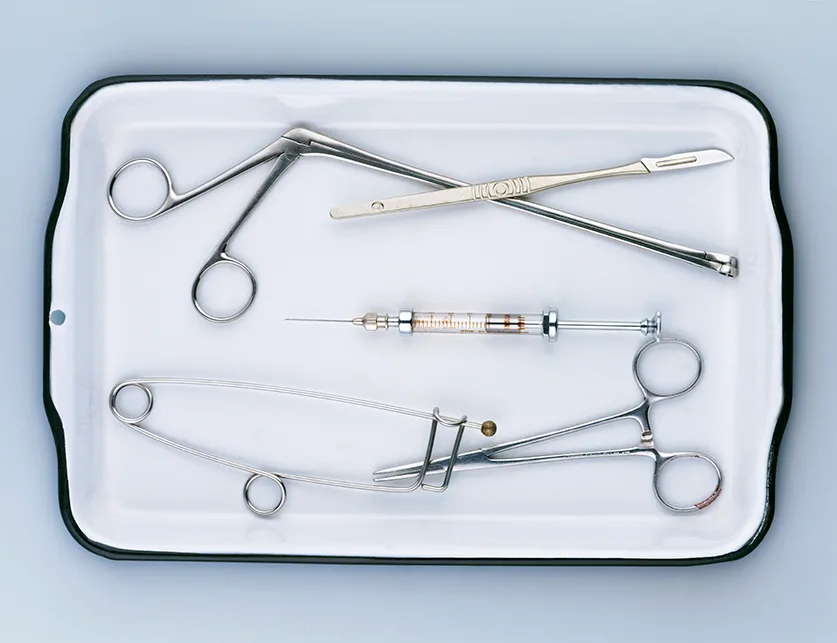Labiaplasty is one of the fastest-growing cosmetic procedures among young people, with new research citing social media and pornography as reasons for Gen Z feeling ashamed of their labia.
A report published by Women’s Health Victoria (WHV) this week outlined data from a YouGov survey of women, girls and gender-diverse people with labia, aged 18 to 50. It found that one in six respondents were anxious or embarrassed about the way they their labia looks.
Concerningly, this was particularly heightened among Gen Z. Almost a quarter of respondents aged 18 to 24 said they feel anxious or embarrassed by the appearance of their labia, and 35 percent further associate their labia with negative words like “ugly” or “disgusting.”
The report identified four key factors driving the shame, with porn and social media playing a major role.

Despite attempts from Gen Z-targeted media, such as Netflix’s Sex Education, to drive home the fact that labia come in all shapes and sizes, the message doesn’t seem to be getting through. The report found that 18 per cent of Gen Zs got their idea of what labia “should look like” from porn, and 30 per cent obtained it from social media.
It noted that limited diversity in the labias and vulvas shown in pornography was a cause of concern—especially since 69 per cent of Australian women aged 15-20 had seen porn. This lack of representation may lead viewers to think their own labia or vulva is abnormal or misshapen, or create anxiety around how sexual partners might perceive them. Of all people who reported being anxious or embarrassed by their labia, 62 percent said they had put off having sex as a result.
The issue of labia anxiety is not new. In fact, marie claire Australia published an investigation into labia shame back in 2017. However, in the years since, the topic has only become more complex and the popularity of surgery to change the appearance of one’s labia has risen.
The WHV report found that one in 10 respondents across all age brackets had considered having labia surgery, which is called labiaplasty. Almost half of those said their decision was influenced by what they had seen in mainstream porn or on social media.

What Is Labiaplasty?
Labiaplasty is the most common form of female genital cosmetic surgery (FGCS) and involves altering the size or shape of the labia.
From 2014, labiaplasties were only eligible for Medicare benefits if there were considered medically necessary, so Medicare data on the procedure has not existed since then (though it is worth noting that in the 12 years prior, Medicare claims for labiaplasty and vulvoplasty, another type of FGCS, more than doubled). Accordingly, we have to look overseas to gauge exactly how popular the procedure really is.
Despite a lack of evidence that they are actually effective at improving body image (or even safe, for that matter), labiaplasty is on the rise. Per the Aesthetic Plastic Surgery National Databank, just under 19,000 labiaplasties were performed in the USA in 2021, up 36 percent from the year prior. The American Society of Aesthetic Plastic Surgeons reports that requests for the procedure increased by over 217 percent from 2012 to 2017.
Is My Labia Normal?
If you’re wondering whether your labia is normal, the good news is that it probably is.
This report comes 10 years on from the launch of WHV’s Labia Library initiative. The online health resource not only provides information, but hosts a gallery of unaltered images of diverse vulvas and labia. The photographs feature anonymous models of various ages, sizes, races and gender identities, in an aim to promote positive body image. You can learn more here.










